Description
Our holiday has been timed to see the best of the Mediterranean autumn wildflowers in some of the best areas in Southern Greece and the Peloponnese
We invite you to join us for a wonderful mix of warm Greek autumn sunshine, fine flora, and more wonderful wildlife!
Southern Greece and the Peloponnese peninsula have a typical Mediterranean climate with mild, wet winters and hot dry summers. Spring really starts in the autumn with the coming of the rains; the first plants to flower are the many bulbs of the area. Our holiday has been timed to see the best of the Mediterranean autumn wildflowers in some of the best areas in the Peloponnese, Tayetos and Mani. Tayetos, the highest mountain in the Peloponnese, features a fascinating flora. We can expect to explore up to around 1800m to enjoy the range of flowers and mix of evergreen and deciduous forests. The Mani peninsula supports a diverse range of flowers too.
We expect to see Colchicum, Cyclamen, Sternbergia, several species of Crocus, a Galanthus and possibly a Biarum as well. The focus of the holiday will be on finding and photographing the plants and enjoying the other natural history in this beautiful autumn landscape, as well as soaking up the local culture. We shall take in a number of archaeological areas, such as the tomb of Atreas, (possibly Epidauros) and Mystras, the magnificent Byzantine city on the slopes of the Tayetos and smaller Byzantine churches that we come across. We shall also visit the Mani to see the fortified towers.
As usual, where eagle-eyed naturalists look for plants, other wildlife of interest is spotted. This may include some nice butterflies such as Cleopatra, Clouded Yellow, and the very exotic looking Plain Tiger or African Monarch. In addition we often spot stunning Spurge Hawkmoth caterpillars, the alien-like Conehead Mantis (Empusa fasciata), Praying Mantis (Mantis religiosa), and a variety of herps such as salamanders and wall lizards.
The Peloponnese is a peninsula that covers an area of some 21,549.6 square kilometres and constitutes the southernmost part of mainland Greece. It is connected to the mainland by the narrow Isthmus of Corinth. It is said to derive its name, Peloponnesos, or the island of Pelops, from the mythical King of the region.
The area is also steeped in history; this is the land of Mycenae, Sparta and Olympia; the Greek war of independence started here in 1821. The Mycenaean civilization, mainland Greece’s first major civilization, dominated the Peloponnese in the Bronze Age from its stronghold at Mycenae in the north-east of the peninsula.
Central Peloponissos is dominated by Mt Menalos and in the south are two long mountain ranges, the Tayetos and the Parnonas. It is a very diverse area encompassing high snow-capped mountains with extensive woods, rocky scrub, gorges and wetlands. The southern part of the Tayetos is known as the Mani peninsula, a rugged, barren place, home to high towers and feuding Greeks, wonderfully described by Patrick Leigh Fermor in his book ‘Mani’. He writes ‘There is hardly a rock or a stream without a battle or a myth, a miracle or a peasant anecdote or a superstition’
READ FULL HOLIDAY DETAILS

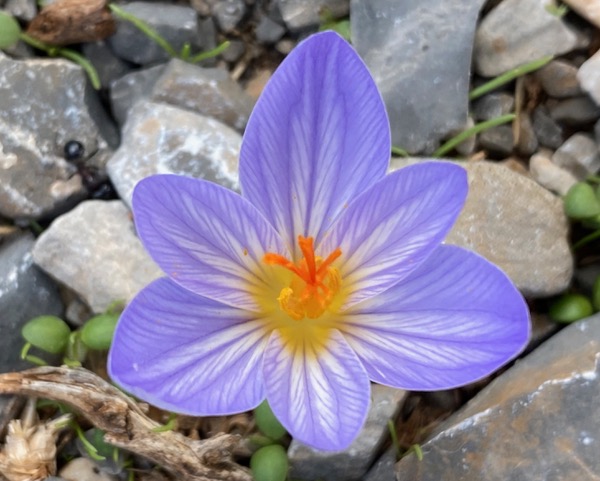
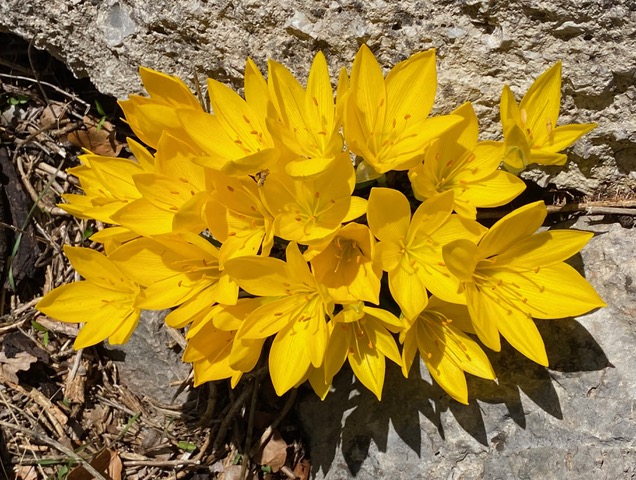
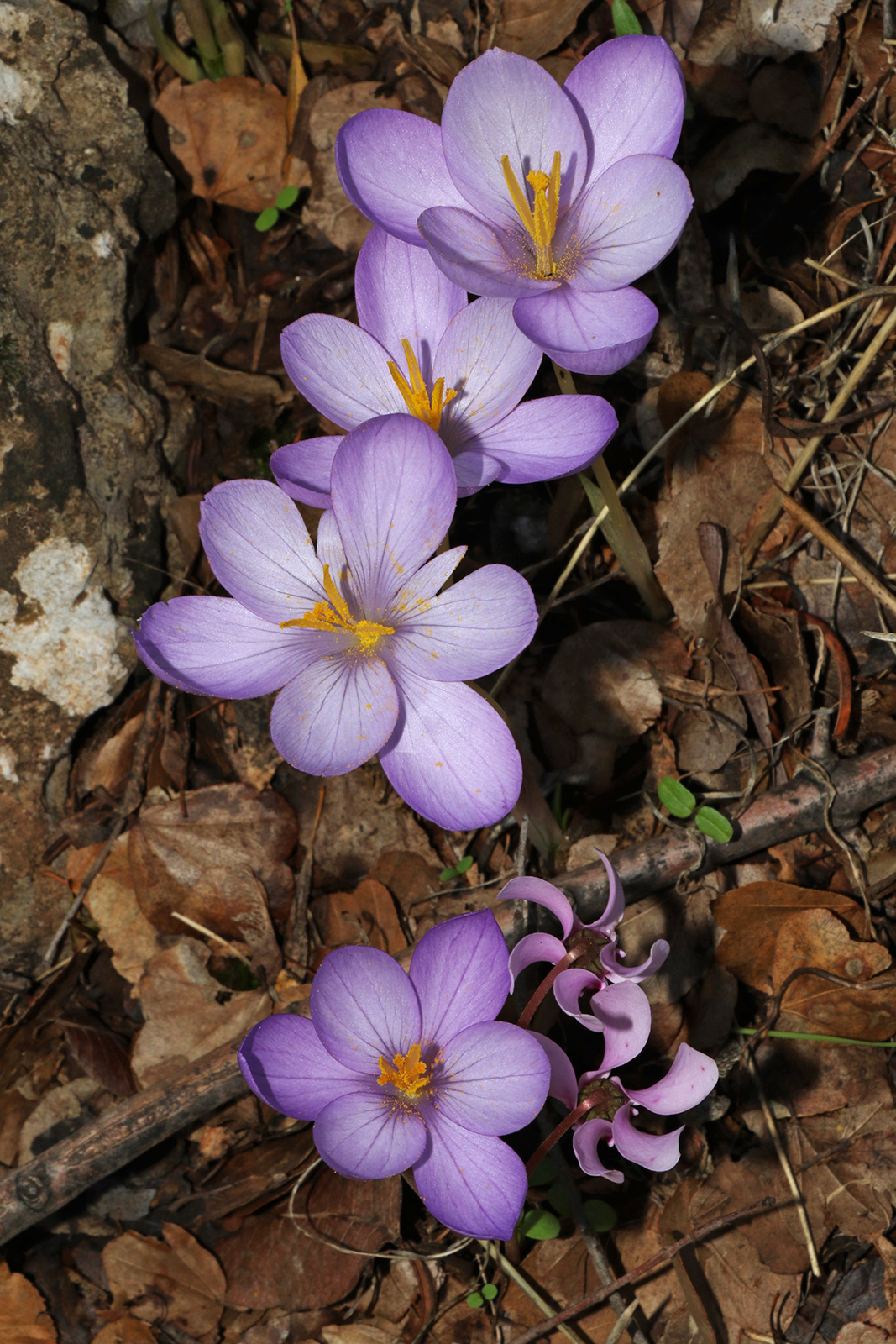
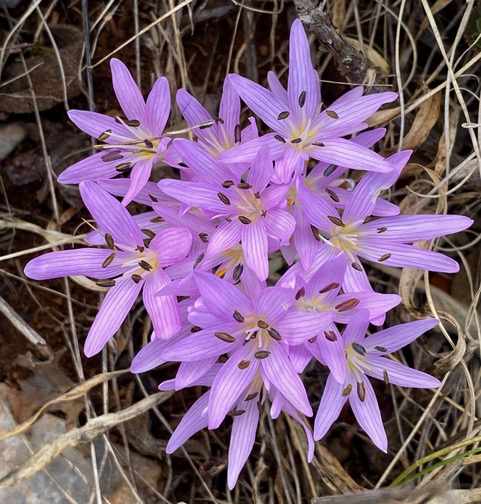
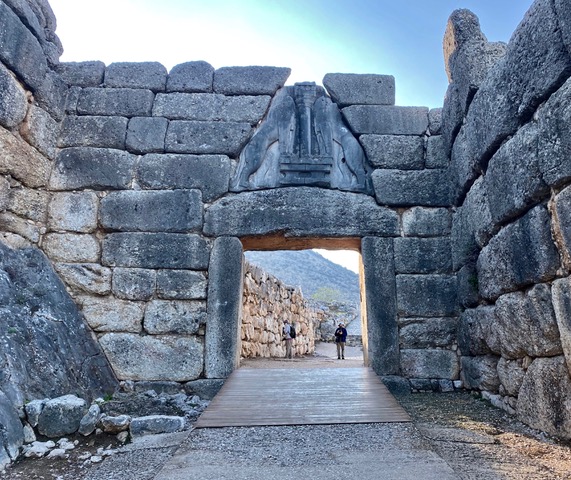
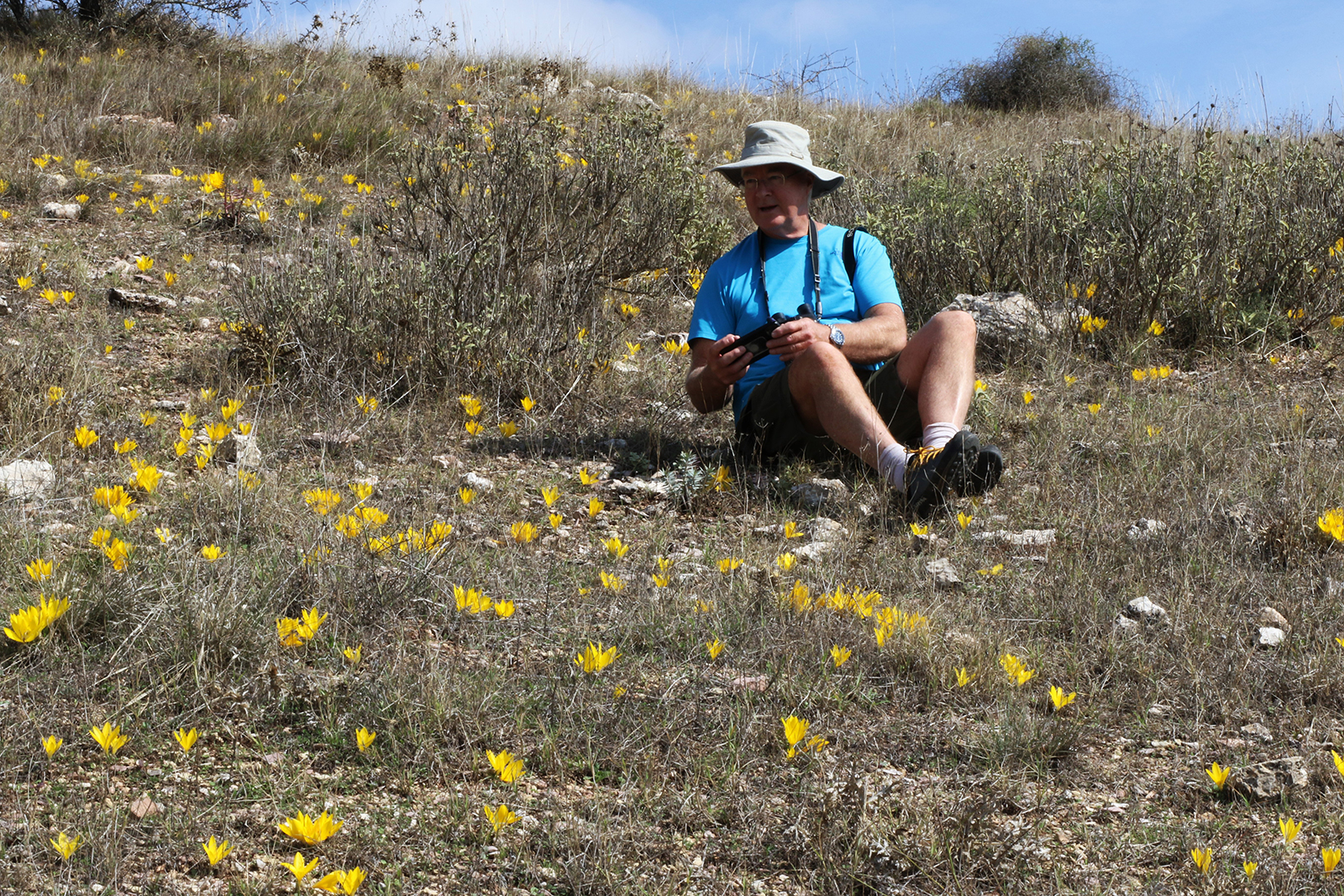


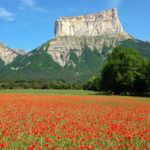





Reviews
There are no reviews yet.